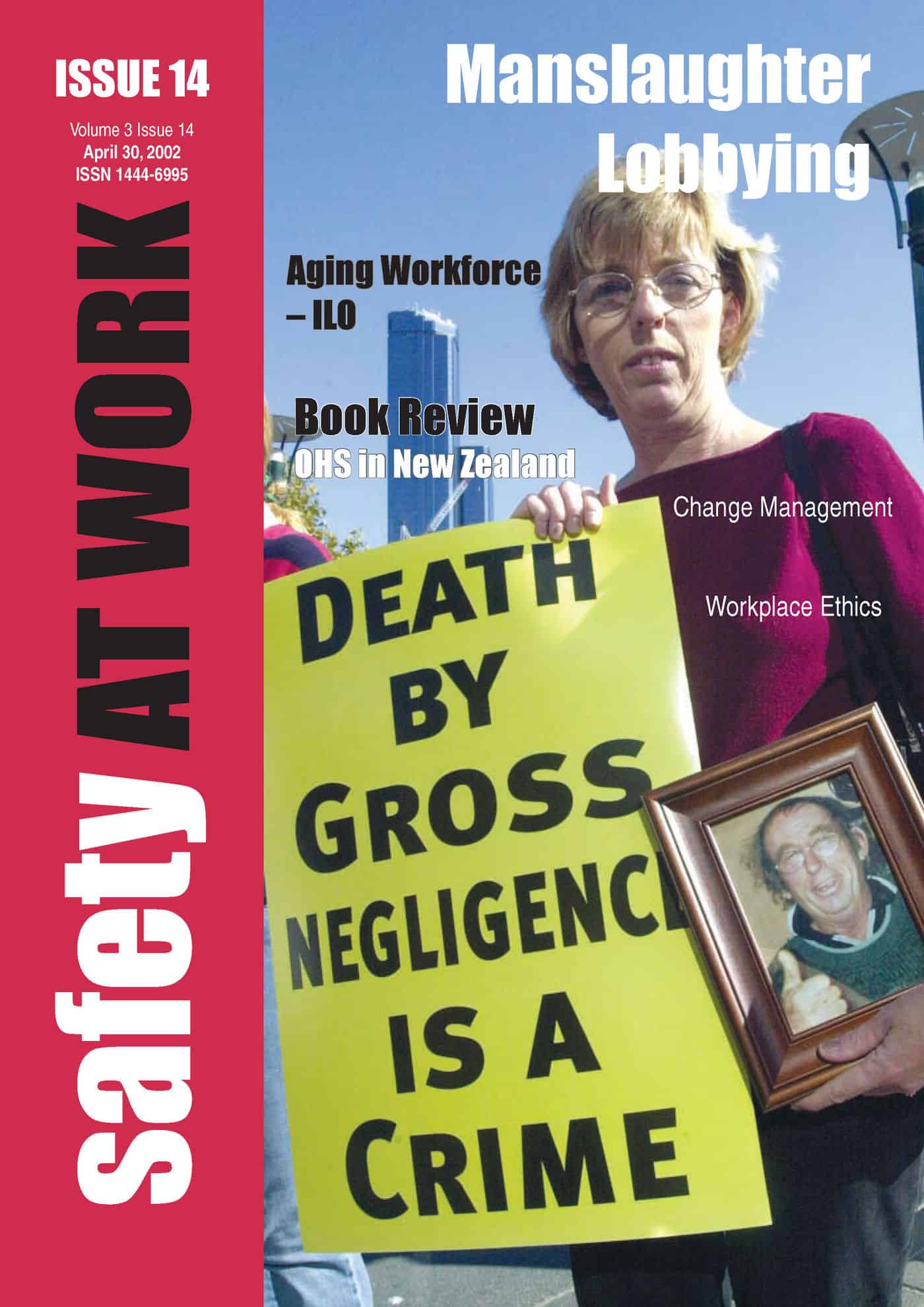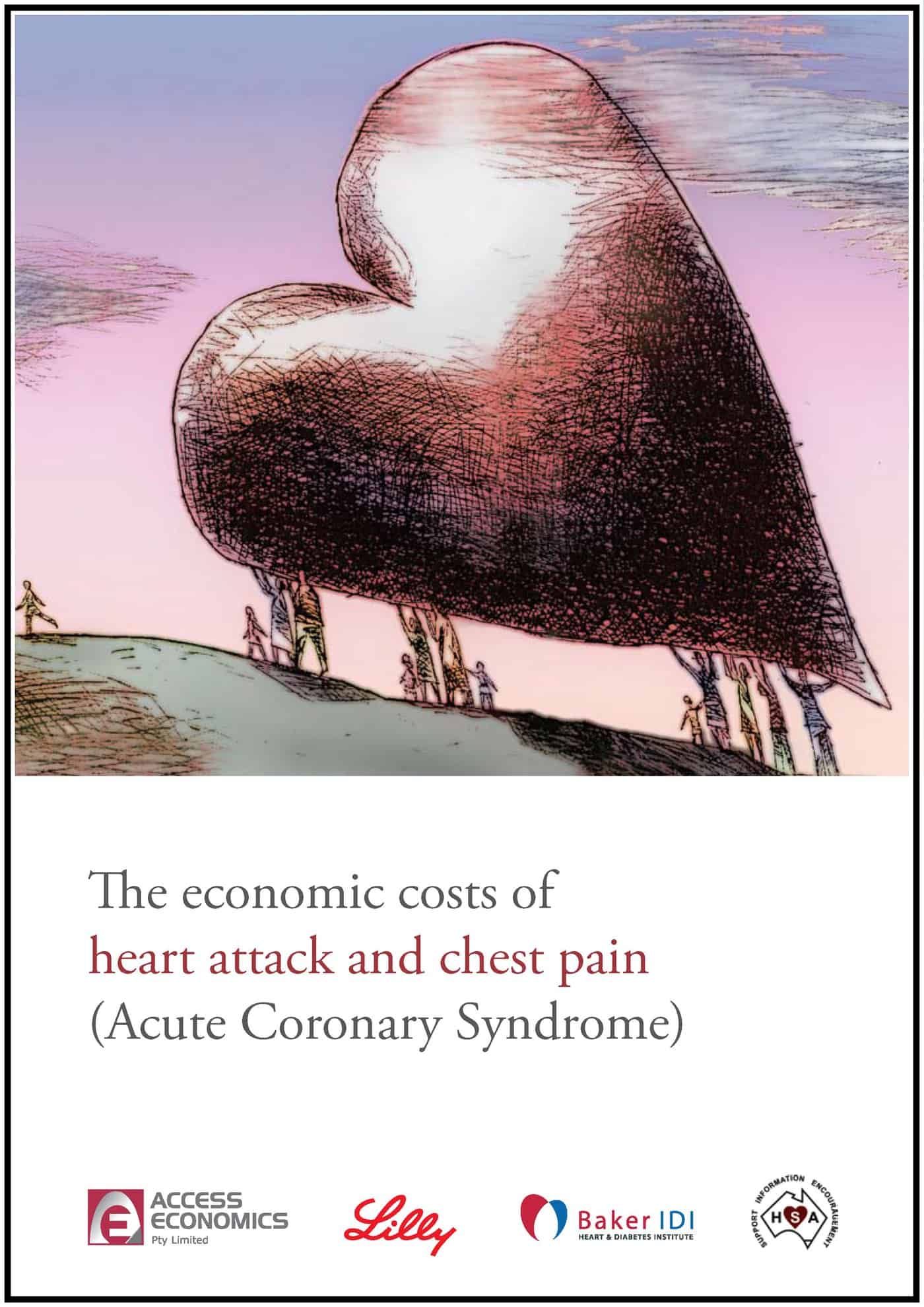Corporate manslaughter, or industrial manslaughter as it is referred to in Australia, was not allowed to gain traction in Australia, except for in the Australian Capital Territory.
 The policy has been allowed to fade from the books of most of the Australian left-wing parties but for a while, corporate manslaughter was THE issue. In fact over the last 10 years, it has been the only time that directors and CEOs from thousands of companies have paid serious attention to safety management.
The policy has been allowed to fade from the books of most of the Australian left-wing parties but for a while, corporate manslaughter was THE issue. In fact over the last 10 years, it has been the only time that directors and CEOs from thousands of companies have paid serious attention to safety management.
The offence of corporate manslaughter seems to have lost little of its momentum in England. Recently England instigated its first prosecution for corporate manslaughter.
It reminded SafetyAtWorkBlog of an interview we conducted with David Bergman on the issue in April 2002. David Bergman has been the Executive Director of the Centre for Corporate Accountability for ten years and, only last week, was part of a conference in London on “Directors’ Duties, Corporate Manslaughter and Safety Enforcement“.
Below is the text of that 2002 interview
Manslaughter Lobbying – 2002 Interview with David Bergman
David Bergman is the CEO of the Centre for Corporate Accountability (CCA) located in London, England. He spoke exclusively to [Safety At Work magazine] about the issue of “corporate killing” legislation and the activities of his organisation.
SAW: Can you provide an outline of what the CCA does?
DB: The organisation is a not-for-profit organisation. Its core purpose is to promote worker and public safety and it does this by focussing on two ideas – improved law enforcement and greater corporate accountability. We have three main activities, we run a work-related death advice service which is a core of our work whereby we provide free, independent and confidential advice to families bereaved from work-related death on how to ensure that an adequate criminal investigation is undertaken into the death and that the evidence is subjected to proper scrutiny by prosecuting bodies who have the duty to determine whether criminal offences have been committed.
We give that advice because, traditionally in Britain, lawyers whom families may go to are often only concerned with issues of compensation. We are concerned with issues of corporate criminal accountability.
We also undertake research into the role of the criminal justice system in the investigation, prosecuting and sentencing of companies and those who control them.
Finally we undertake some lobbying work. We try to lobby for appropriate changes to Law and practice in this area.
SWA: Is you lobbying receiving a sympathetic ear?
DB: There are two focuses of our lobbying. There’s the central Government and there is an organisation that is at arm’s length of the central Government, the Health and Safety Commission and Executive. Different departments of the central Government are responsible or different activities.
In Britain we lobby two Government departments. The Home Office is responsible for traditional criminal law and therefore the whole issue of the offence of manslaughter and how it applies to companies. The other department is Transport, Local Government and Regions which is responsible for general safety issues and has an oversight role of the Health and Safety Executive and Commission.
The Government has promised reform on the law of corporate manslaughter and on the sentencing of companies. In relationship to that we lobby the Home Office. It is difficult to say whether we are effective or not as the Government has committed themselves to making this change but it has been a long time coming and there is no Bill before Parliament and it clearly is not a priority of the Government which is why, of course, we need to lobby.
SAW: Sometimes there are activities in the justice system which can work counter to your lobbying or the will of the people. Have you seen evidence of that?
DB: The Courts can only apply the current Law as it stands. If you want change, this will come through changing the Law or changing the policy of the investigation and prosecution bodies to ensure that more cases come to the Courts. It is true to say that in terms of levels of fines there has been the traditional problem in ensuring that the Courts impose sufficiently appropriate fines commensurate to the offences committed when that offence has been committed by the company or individuals who control them. That would be the main criticism of the Courts, but beyond that the Courts can only apply the Common Law and also can only deal with cases that come before it.
So if there are deficiencies in the Law, that’s not the fault of the Courts, that’s the responsibility of the Government to change. And if there is a failure on the investigation or prosecution bodies to investigate appropriately or fail to prosecute particular companies or individuals; that is a failure on their part and that is where we need to change practice.
I wouldn’t saw that the Courts are a core part of the problem.
SAW: What has been the response to your lobbying from some of the employer and business representative organisations?
DB: We have been involved in establishing coalition campaigns on safety law and corporate accountability that bring together safety organisations, trade unions and families bereaved from work-related deaths. There are two core issues – the reform of the law of manslaughter and the enactment of this new offence of “corporate killing” as it is referred to in Britain, which the Government is committed to but to which no priority is being given.
Secondly there is the imposition of safety duties on company directors. At the moment under British Law, there are no clear safety duties imposed on company directors, safety obligations are placed on employers or manufacturers. Directors, as separate legal entities from the companies, have no clear legal obligation to ensure that the company complies with safety law.
The two groups mainly in opposition are the Confederation of British Industry (CBI) and the Institute of Directors. There is recognition by industry that a new offence of corporate killing will be enacted and there is a sort-of acceptance. What they’re doing is lobbying to make it more difficult for companies to be convicted of the offence.
The Institute of Directors is lobbying against legal obligations on company directors. Although the Labour Government can well be said to be more interested in safety than a Conservative Government they do listen carefully to what industry says.
SAW: Recently the Australian Industry Group had some concerns with the Industrial Manslaughter Bill that is currently in the Victorian Parliament in Australia. One of their concerns is there needs to be an emphasis on education and not retribution. They don’t believe that such an Act will promote safety, it will only penalise
DB: Our response to that sort of argument is that, first of all, under current law companies escape any form of accountability, even for very serious failures on the company management’s part. Normally there is a situation of immunity and companies don’t get prosecuted for serious offences. That has two effects – a lack of moral justice and a sense from bereaved families and the community that there are some legal entities that are not accountable. There is a problem in the social fabric.
Secondly, if there is immunity under Common Law, and companies know that they can escape accountability, there is inevitably going to be a lack of deterrence in the system so that some companies will feel that we don’t need to change our safety management systems because it is unlikely that there is any serious impact if something goes wrong.
Companies, of all legal entities who get caught up in the criminal justice system, are rational beings. If there is a sense that there will be more cost for them by taking a particular action than if they don’t take a particular action, they won’t take that action. Individuals commit offences for all sorts of reasons which are irrational while corporations operate from a much more rational base. So they are much more likely to be deterred.
In our view, these changes are important for accountability issues which the argument that you mention does not deal with. They are also important for deterrence which links directly back to safety. That is not to say that, hand-in-hand with other approaches for change in criminal law, there ought not to be attempts to ensure that companies are able to comply with safety law so that offences aren’t committed.
SAW: The AI Group says that Government has failed to provide any evidence that such a law will reduce the level of workplace death and injury.
DB: If you look at any reform in Criminal Law, there is never any evidence to say that if we change the law in this particular way there will definitely be a reduction in the number of deaths, or whatever. The fact that you may reform the law of murder in one particular way doesn’t necessarily mean that there is a reduction in murders.
You ask industry to show in any research in relation to any other Criminal Law reform that says “we’re going to change the law because if the law is changed there is evidence to suggest that fewer offences will be committed or fewer deaths will take place.” It just doesn’t happen. That’s not the way that Criminal Law reform happens.
Criminal Law reform takes place because there is a perception of a lack of justice.
This argument doesn’t carry any weight because there is never any evidence that a particular legal reform is going to cause a particular change but what you can be sure of is that there will be greater accountability and you can speculate that there will be greater deterrence.
SAW: Some people assert that an Industrial Manslaughter offence will encourage a change in workplace culture.
DB: The thing about changing corporate culture is that you are more likely to change it when you change the Law. That’s the important effect that law reform has, it changes the perception about a particular conduct. I would argue that changing law would have an important effect upon the corporate culture. There is no question about that.
The problem with a lot of the corporate social responsibility arguments is that they are all about voluntary codes and about trying to get companies to do particular things. There will always be some good companies that will comply with them. Compliance with those codes doesn’t get to the companies who will commit offences anyway.
SAW: The UK has had some high profile cases that generate discussion on corporate manslaughter. We have covered some of those in the last few years. But one that seems not to be going away is some of the issues associated with Railtrack, the privatised rail transport company, after some very public fatalities and incidents. Are they incorporating accountability into their new organisational structures?
DB: Clearly, after the Paddington disaster and others, rail safety became a priority in this country. I would say that this was a very good thing but it also subsumed attention to other industries where there is a far higher level of death and injury, like the construction and manufacturing industries.
Those disasters were partly responsible for increasing the debate on the need for a new offence on corporate killing, for Directors’ safety duties and also, the reason why the Government decided to take Railtrack out of private ownership.
Families of victims from the Paddington disaster are still pushing for the application of corporate manslaughter against Railtrack. The Crown Prosecutor initially refused to prosecute for manslaughter however the families have got the Crown Prosecutor to reconsider that decision.
SAW: Have you had any interest in the moves on corporate killing from outside Britain?
DB: Australia is the one country where it has been addressed. Canada has put in some important reforms in this area recently.
If there is reform in the area of corporate killing in the next few years, there might be an impact on other jurisdictions.
This interview appeared originally in Safety At Work magazine Vol. 3 Issue 14 on 30 April 2002. It remains Copyright – Workplace Safety Services P/L



